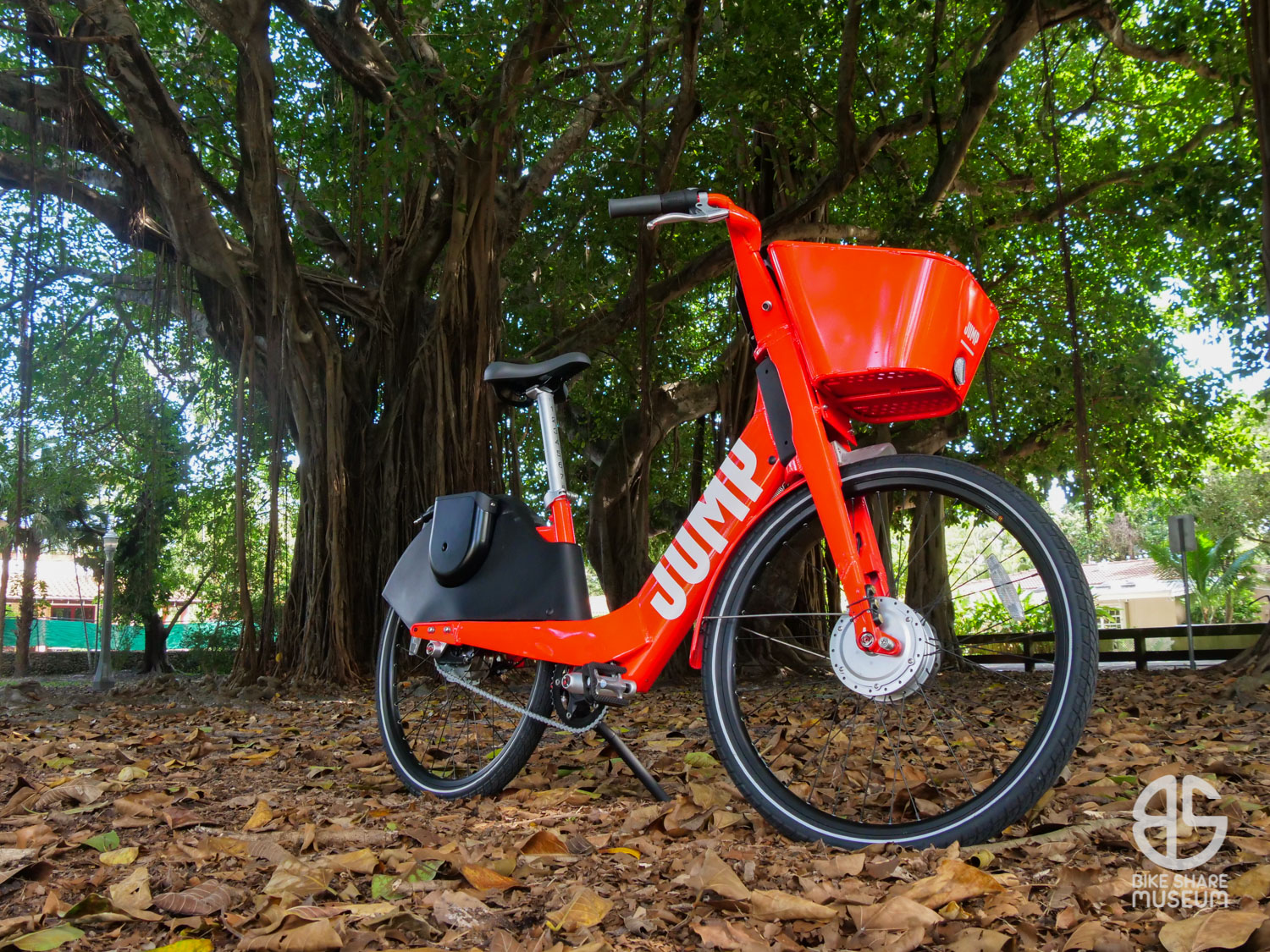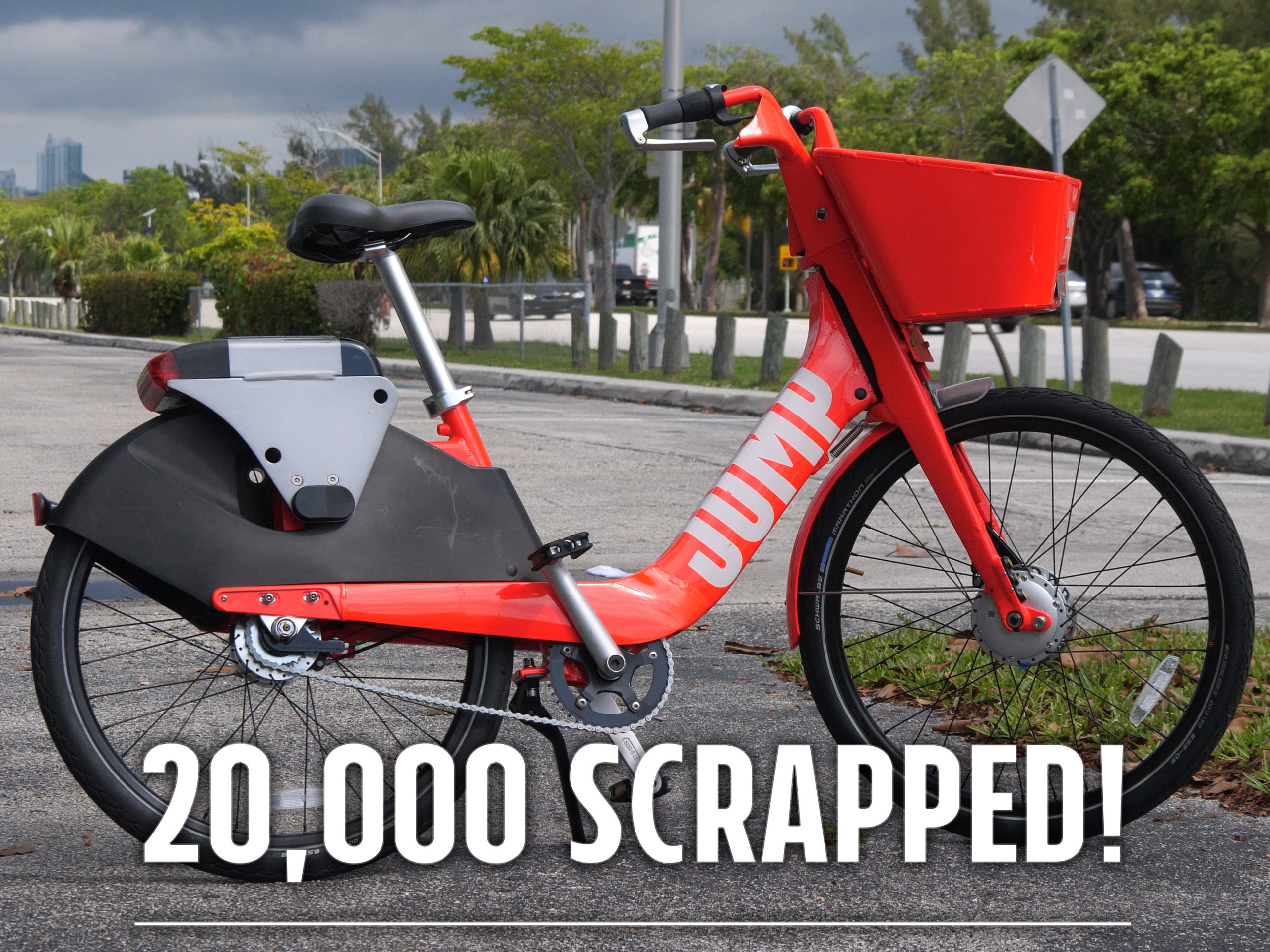JUMP #19602
2018 Social Bicycles 5.5
Specsheet
Gallery












Bicycle Bio
The 5.5 and its EU counterpart, the 5.6, are the successors to the original Social Bicycles 5.0, originally announced by JUMP on December 18th, 2018. While the larger downtube and cable lock made for some of the most obvious differences, the 5.5 incorporated a number of more subtle updates, achieving them without deviating from the gestalt established by its predecessor.
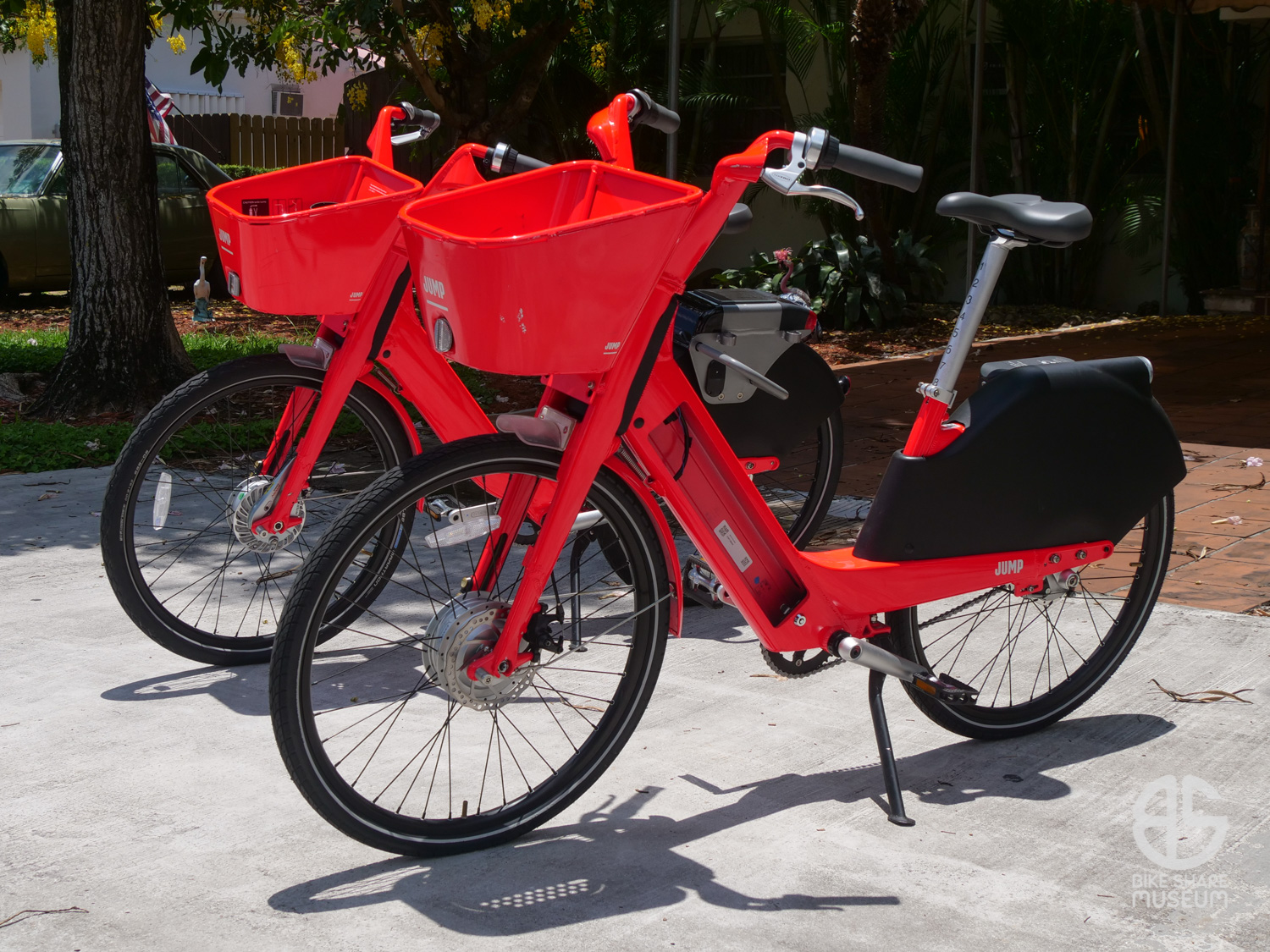
The frame went through some pretty significant alterations to accommodate the now externally-accessible battery – essentially the same as the 5.0’s with a plastic facia (bearing a nifty JUMP logo ghosted into the surface) – and the larger downtube required the front fender to be engineered with a divot to clear the steering stabilizer spring.
It was also the end of the iconic Social Bicycles controller, which gave way to a cable lock on the rear fender. However, the now-uncluttered fender brought about another subtle masterpiece of styling – a a streamlined fairing built into the rear fender skirt, housing the rear taillight.
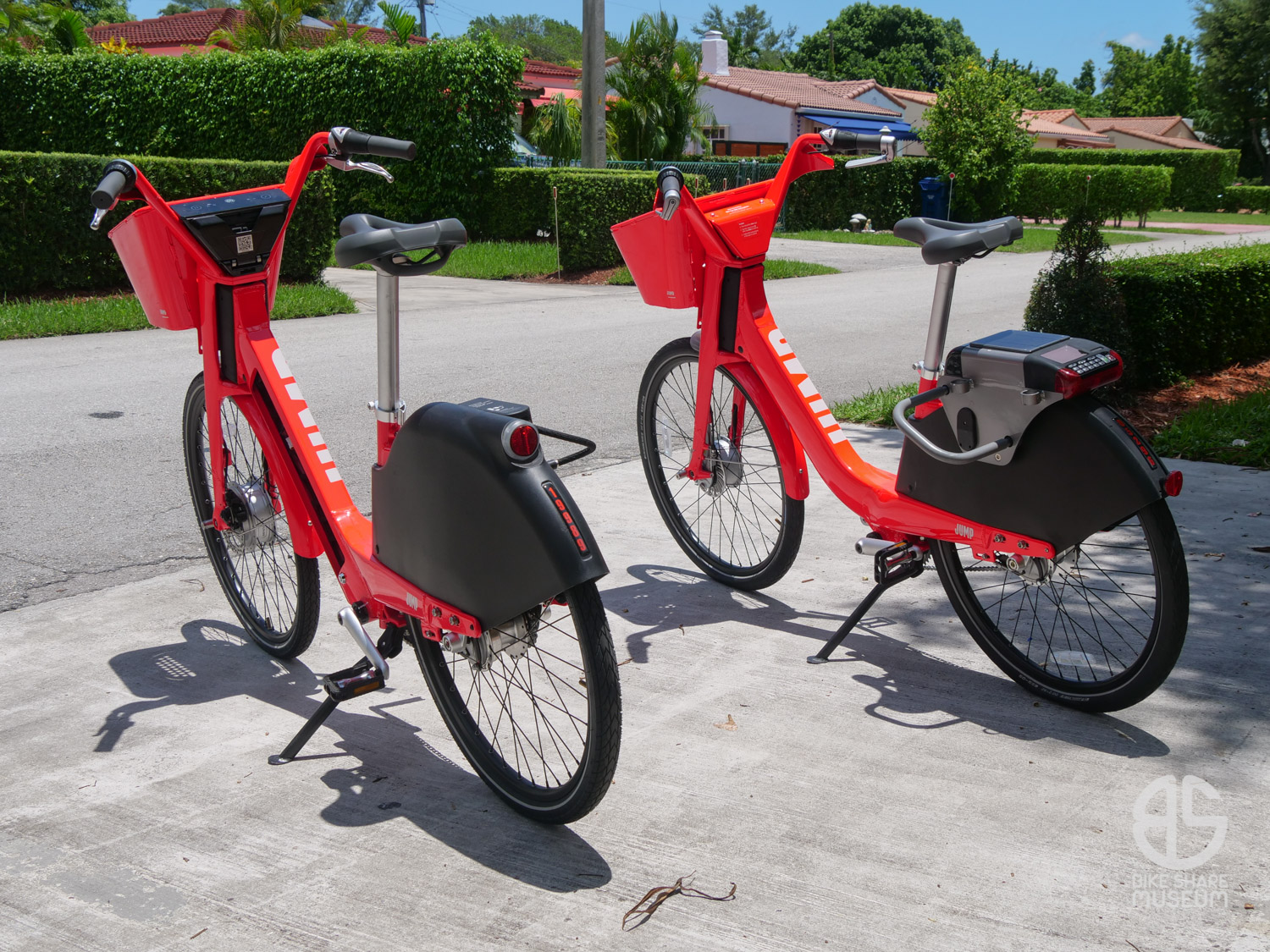
Even the taillight itself is worthy of closer inspection, for it comprises a halo of LED’s framing a reflector. You have to hand it to the designers for putting so much effort into such a small detail – after all, they could have put a single LED in the back, left the 5.0’s fender-mounted reflector and still pass CPSC regulations – but they went the extra mile to make something beautiful. It’s this era’s answer to the Delta rocket bicycle lights of the 1950’s, and a welcome one, indeed.
Plus, there’s sweet irony in the thought that bicycle designers were able to make a useful and legal halo light; something the automotive aftermarket can’t seem to accomplish on either account.
Speaking of automotive inspiration, the 5.5 also introduced the “Clarion” dashboard and phone holder in the area previously blanked off on the 5.0; one of the most obvious changes between the models for the casual rider. However, early artwork from Social Bicycles illustrates that these ideas might have debuted on the 5.0, had the 5.5 not been developed:
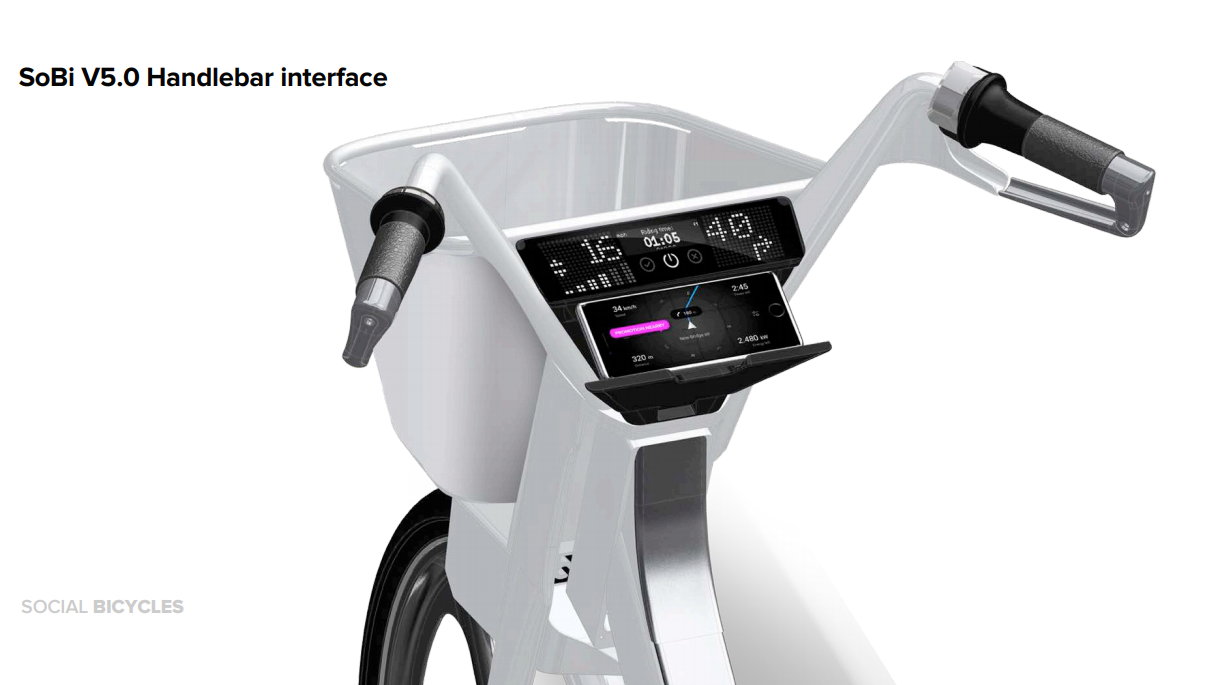
For better or worse, the lovely, French-inspired inverse brake levers of the 5.0 did not carry over to the 5.5, but conventional Tektro levers are used instead. The length of the handlebar make these three-finger levers work more like two-finger levers, but they’re more than capable.
In an interesting adaptation of the original design, the pockets previously used to shield the shifter cable were redesigned to shield the brake cables and clear the larger snout of the Tektro lever.
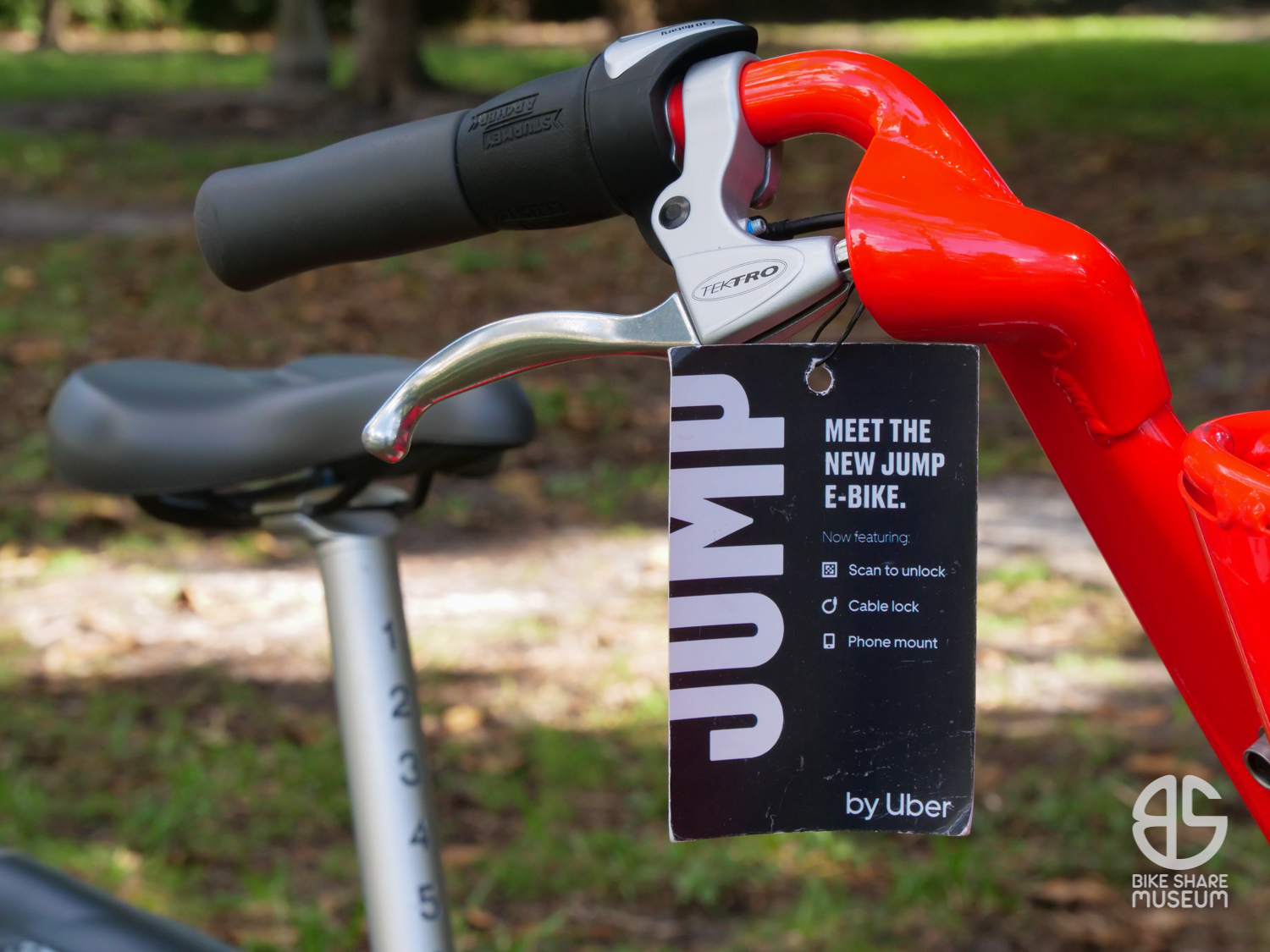
The 5.5 also improved upon the 5.0’s one polarizing component; namely, the Shimano roller brake. Either you don’t mind Shimano’s metal-on-metal brake design, or you do. The SoBi team knew this too, as the later 5.0’s, including our #05296, were already being produced with dual-mode forks in anticipation of discs.
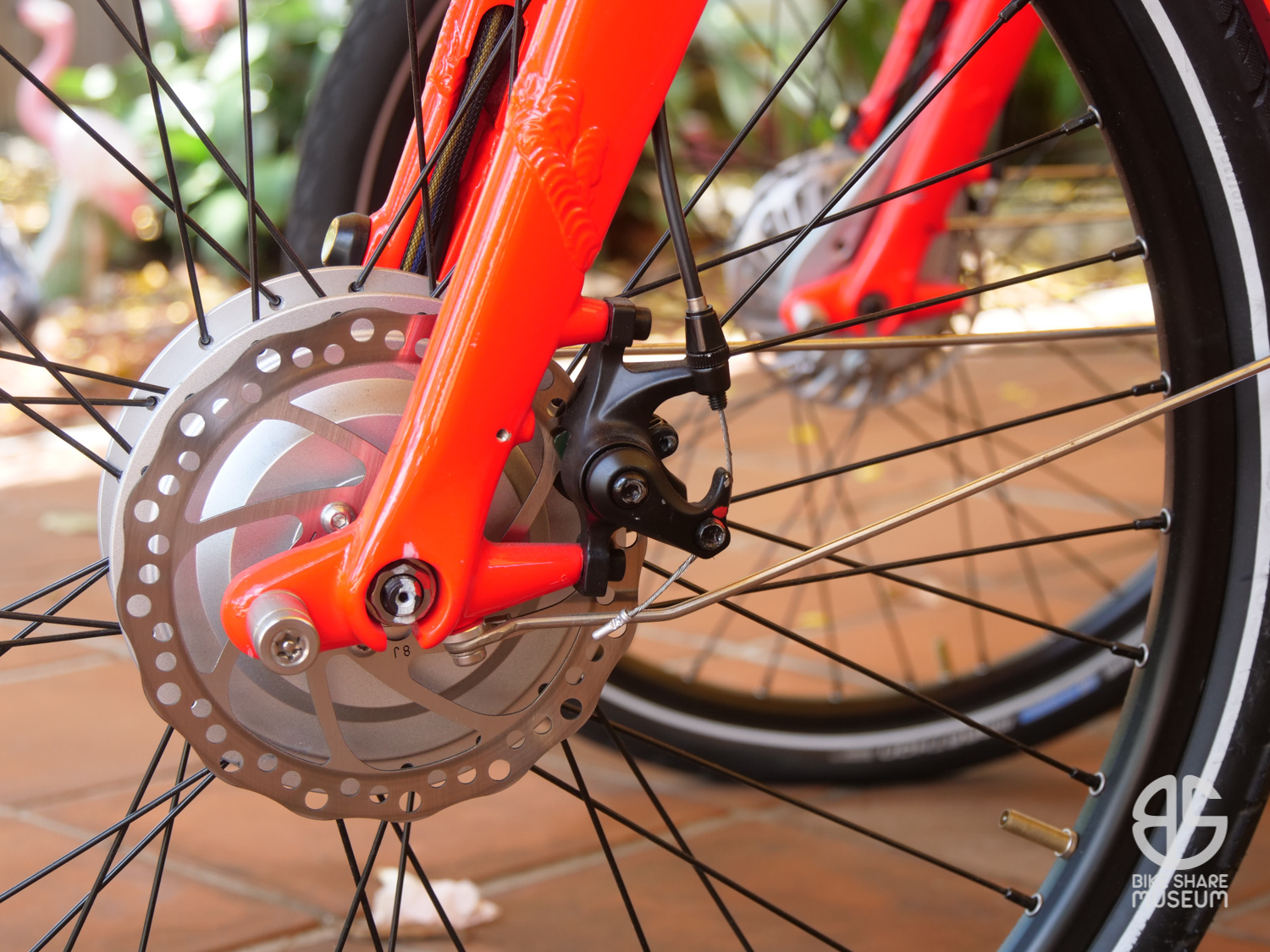
The new, disc-compatible Bafang G020.350.D hub motor upped max wattage to 350W, replacing the outgoing 250W G320.250.R. EU-based 5.6 models retained 250W hubs to comply with regulations, but carry a slightly downsized version of the updated G020 – with the disc.
Nevertheless, the 5.5 forks are still dual-mode, with a receiver pocket for a roller brake. It’s a nice feature for mechanics working with whatever spares may be at their disposal – though we’ve never seen a 5.5 with a roller brake. (We have seen a prototype 5.0 with a disc though).
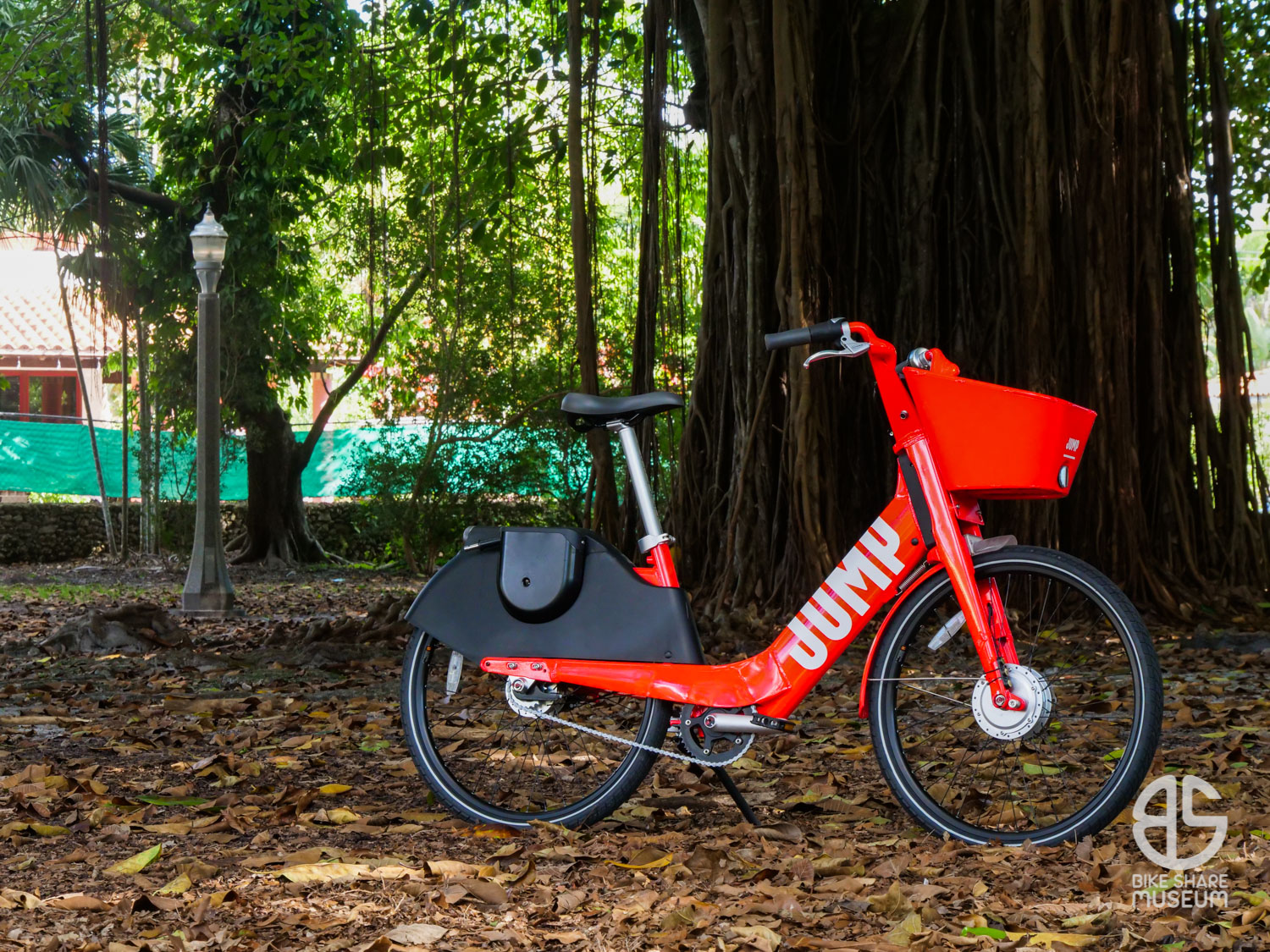
The featured bike here, #19602, is the first of our four ex-demonstrator JUMP 5.5’s (#19602, #19989, #20520, #20874), used exclusively for presentations and special events. All four, #19602 included, are early 5.5s produced in November of 2018, featuring minimalistic branding similar to our 5.0.
While the original promotional bike unveiled by JUMP in 2018 featured small versions of the iconic “Electric” badging on the chainstay and “by UBER” lettering on the basket – upscaled on the later bikes – #19602 is minimalistic. It carries small JUMP logos on the left side of the basket and the chainstay as if they were signatures. Likewise, the whimsical lighting bolt logo usually behind the seattube is, instead, a QR code.
As with many other dockless bikes, when production ramps up, availability for some parts becomes difficult, so this bike happens to ride on Kenda 26×1.95″ tires – marked “Moped” – rather than the usual 26×2.0″ Schwalbe Marathons usually fitted. The Marathons, of course, returned on later 5.5’s, and our #20520 is a – dare I say it? – fat tire flyer.
At any rate, the Kendas are a bit less balloony than the Schwalbes, and a keen eye can spot the difference (especially in the Bungalower Tweet below) if you’ve ever seen the two side-by-side.
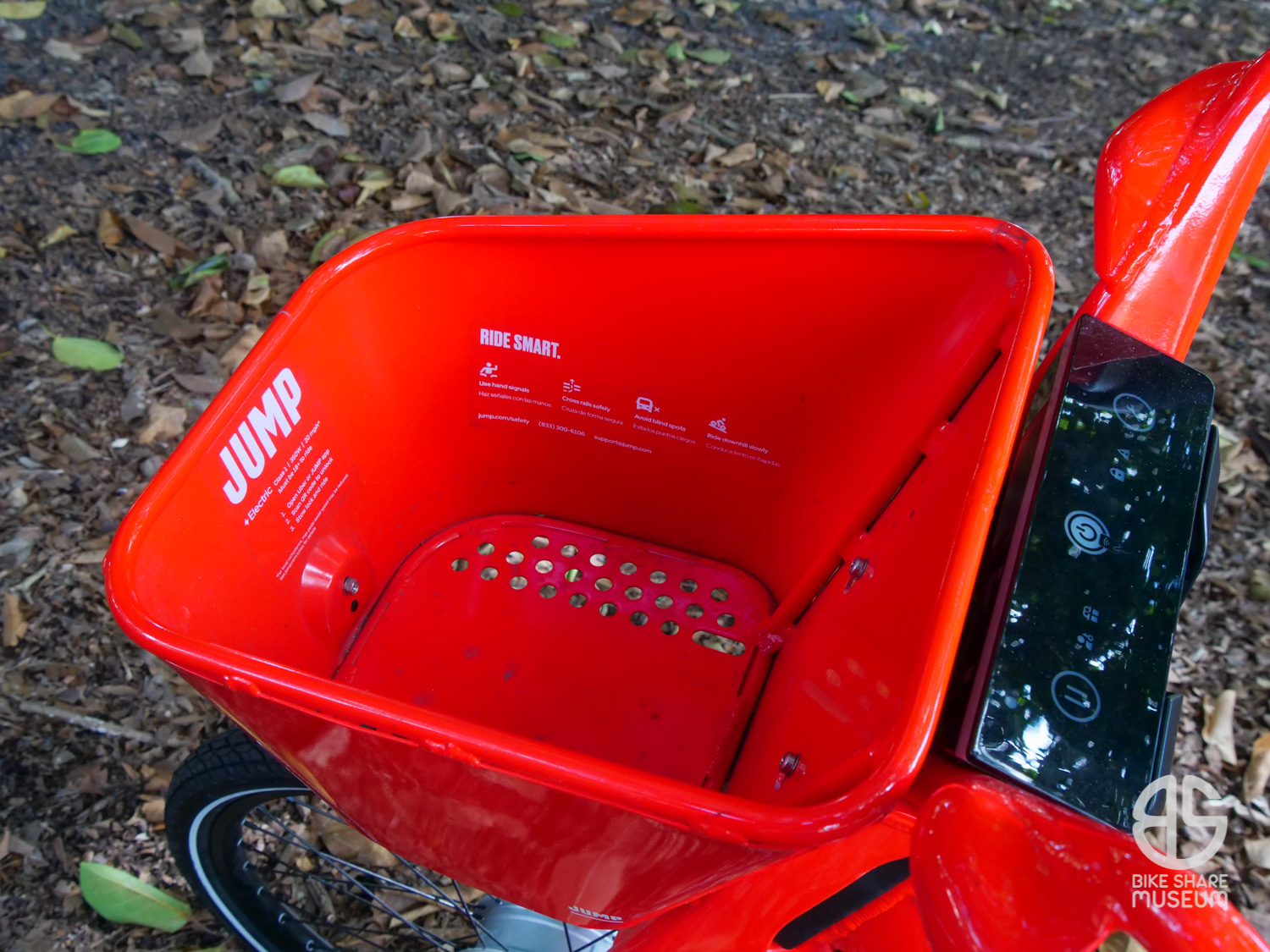
And finally, #19602 never received its floppy rubber drink holder, just like the rest of our 5.5’s. The baskets are drilled, of course; the drink holders simply were not installed.
This, of course is not typical for deployed bikes, but our 5.5’s were – as mentioned earlier – demonstrators. They were previously part of the fleet showcased to the City of Orlando in 2019. (In an interesting turn of events, The Bungalower reported in October 2020 that Lime, the current owners of JUMP, may follow through and launch the bikes).
@Bungalower whatcha know, Bungalow? Seen in new packing district area… pic.twitter.com/2pxgQeHGLM
— Super Rookie – Tim Hayes (@thesuperrookie) February 15, 2019
Part of the Orlando fleet was then shipped south for demonstrations in Miami, supplementing Miami’s lone 5.0 demonstrator. Past that, we don’t know much about this bike’s history, and didn’t have the opportunity to see it at any events.
However, we did ride #19989 at the KiDZ Neuroscience Center’s Safety Trail promotional event, and #20520 was the featured bike at the regional 2019 Safe Streets Summit.
All five of these bikes – including the 5.0 – are preserved here at the Museum. We’ll be adding each individual bike to our online list of preserved bikes as time allows.

Related

The Next Web recently asked “Does the mobility industry have a soul?” Well, I’m very happy to report that it does.
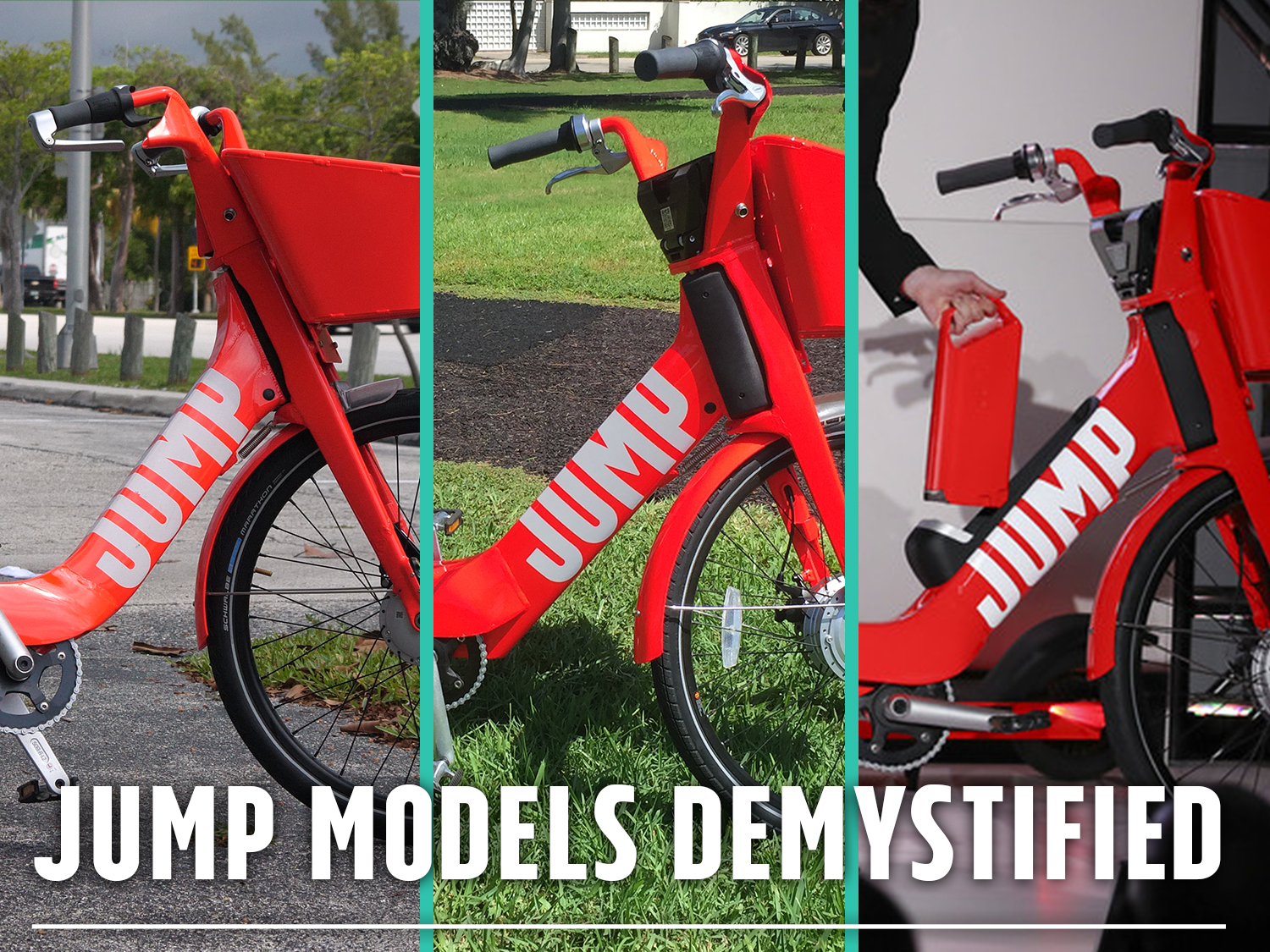
There seems to be some confusion over the various JUMP models, so let’s look at what sets each model series apart.


